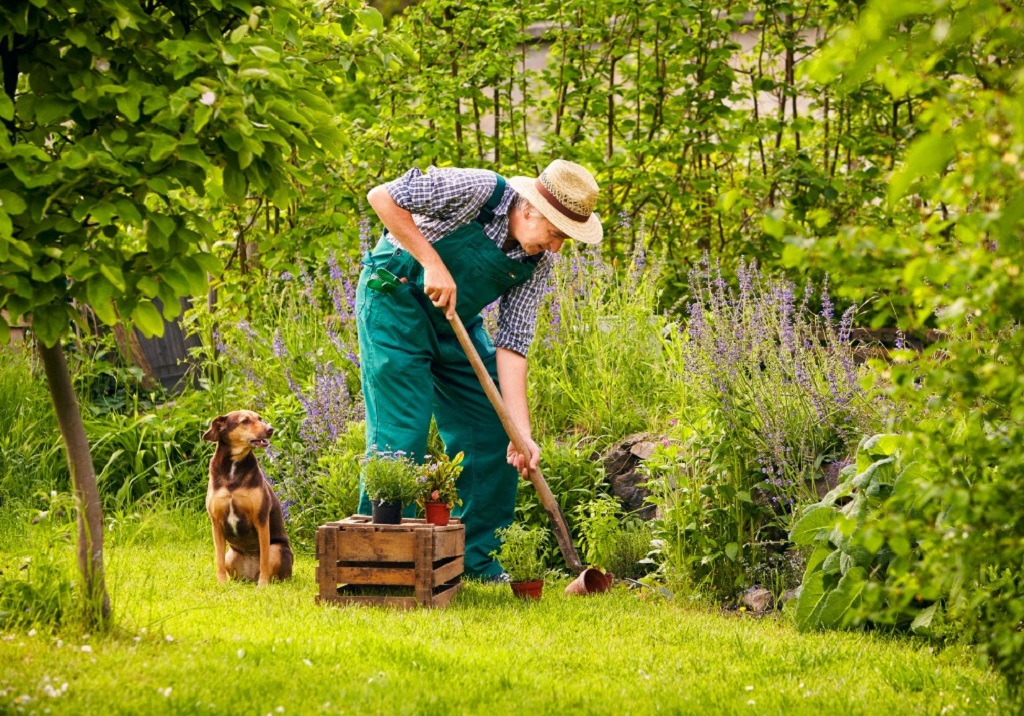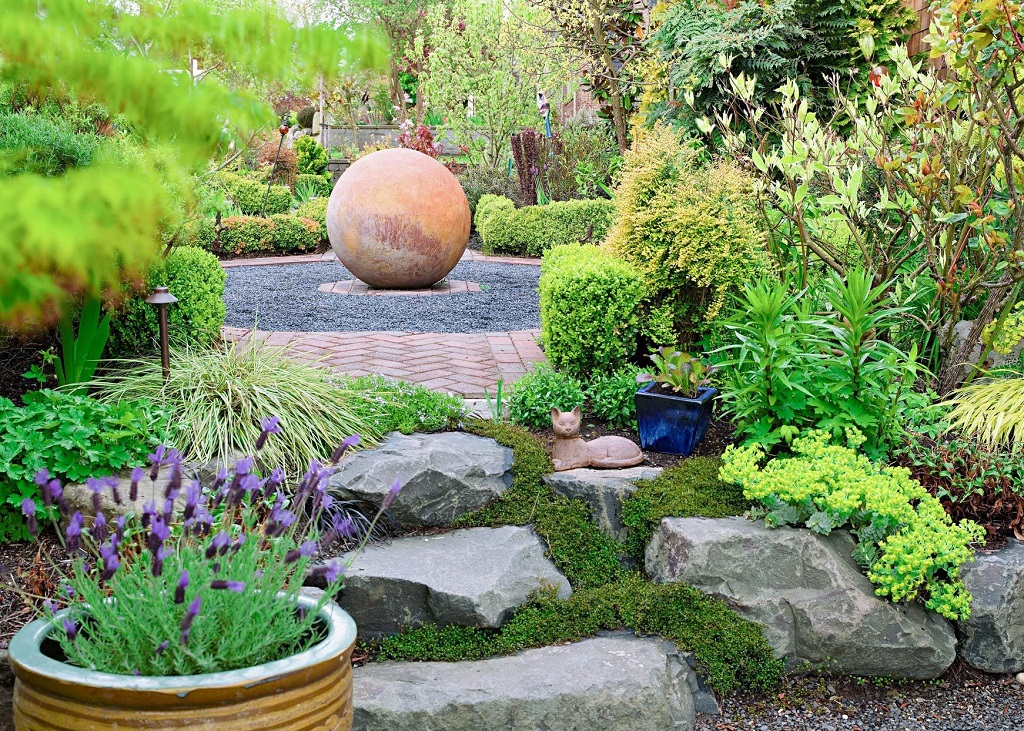In the world of gardening, backbreaking labor and relentless tilling are often seen as a rite of passage. But what if there was a smarter, easier, and more effective way to cultivate thriving soil and vibrant plants—without ever picking up a shovel? Welcome to The No-Dig Revolution, a transformative gardening method that’s challenging conventional wisdom and delivering healthier gardens with less effort.
Why No-Dig Gardening Is Taking Root Everywhere
Traditional gardening relies heavily on tilling the soil to prepare beds, control weeds, and integrate compost. But mounting evidence suggests that this approach disrupts natural soil ecosystems. According to a study published in Agriculture, Ecosystems & Environment, frequent tilling significantly reduces earthworm populations and destroys beneficial microbial networks.
No-dig gardening flips the script. Instead of turning the soil, gardeners build on top of it—layering organic matter such as compost, mulch, and decayed leaves. Over time, these layers naturally decompose, feeding the soil and fostering a nutrient-rich, biologically active environment.
The logic is simple: mimic nature. In forests, nobody tills the earth, yet plant life thrives. No-dig gardening brings this organic balance to your backyard.

The Science Behind the Simplicity
Soil is more than dirt—it’s a living, breathing ecosystem. A teaspoon of healthy garden soil contains over a billion microorganisms, including bacteria, fungi, and protozoa. These micro-organisms create symbiotic relationships with plant roots, helping them absorb nutrients and resist diseases.
Tilling breaks this cycle. It exposes microbes to sunlight and air, often killing them and leaving the soil sterile. According to the Soil Science Society of America, tilled soil also loses organic carbon faster, leading to erosion and nutrient depletion.
The no-dig approach maintains soil integrity. By letting nature take the lead, the underground network of roots, fungi (especially mycorrhizae), and microbes remain intact and productive. This results in soil that retains water better, drains properly, and supports robust plant growth.
Save Time, Save Your Back
Let’s be honest: tilling is exhausting. It’s labor-intensive and time-consuming, especially for larger gardens. The no-dig method eliminates this physical barrier, making gardening more accessible for people of all ages and abilities.
Charles Dowding, a prominent UK horticulturist and advocate for no-dig gardening, estimates that this approach cuts your workload by up to 50%. Less time digging means more time enjoying your garden and harvesting results.
Additionally, fewer disturbances to the soil lead to fewer weeds. When you till, dormant weed seeds rise to the surface and germinate. In contrast, no-dig gardening keeps those seeds buried and inactive.
Environmental Benefits: A Sustainable Game-Changer
Climate-conscious gardening is more than a trend—it’s a necessity. No-dig methods align beautifully with sustainable practices.
- Carbon Retention: Tilling releases carbon dioxide stored in soil. No-dig gardening helps sequester carbon, mitigating climate change.
- Reduced Water Usage: Mulched, undisturbed soil holds moisture longer, reducing your need for frequent watering.
- Improved Soil Structure: Layering organic matter improves aeration and compaction without mechanical tools.
A 2022 report by Rodale Institute found that no-dig farming methods could improve soil carbon by up to 44% in just five years. That’s a compelling statistic for eco-conscious growers.
Starting Your Own No-Dig Garden: Practical Steps
You don’t need a massive budget or professional tools to get started. Here’s a simplified step-by-step:
- Choose Your Site: Select a sunny, well-draining spot.
- Suppress Existing Growth: Lay down cardboard or thick newspaper to block weeds.
- Build Layers:
- 2–3 inches of compost or well-rotted manure.
- A mulch layer of straw, wood chips, or leaf mold.
- Plant Immediately: Sow seeds or transplant seedlings directly into the top layer.
- Maintain: Add compost annually and keep mulch fresh.
This method works for both vegetable gardens and ornamental beds, offering incredible flexibility.
Critics Weigh In: Is No-Dig a One-Size-Fits-All?
Some gardeners argue that no-dig might not suit all soil types or climates. Heavy clay, for instance, may require initial amending before layering. Others raise concerns about slugs and pests hiding under mulch.
However, experienced gardeners counter that these challenges are manageable. Adding nematodes or using copper tape can deter slugs. Over time, soil biology balances itself, creating natural checks and balances.
Another critique is that buying large amounts of compost can be costly. Yet, this upfront investment often pays off through increased yields, fewer pests, and lower labor costs.
Trendy Question Answer (Featured Snippet)
What is the no-dig gardening method and how does it improve soil health?
No-dig gardening is a method that avoids soil disturbance by layering organic materials like compost and mulch directly on top of the soil. Instead of tilling, this approach mimics natural decomposition processes, fostering a thriving ecosystem of beneficial microorganisms, fungi, and earthworms. These organisms break down the organic layers, enrich the soil, and enhance its structure, fertility, and water retention. By maintaining soil integrity, the no-dig method reduces erosion, suppresses weeds, and boosts plant health—making it an efficient and sustainable gardening strategy.
7 Must-Know FAQs About No-Dig Gardening
Can I use no-dig gardening for raised beds?
Yes, it’s ideal. Just add layers directly into the raised bed and plant on top.
Does no-dig gardening work in cold climates?
Absolutely. Organic layers insulate the soil, helping roots survive frost and promoting early spring growth.
How do I handle slugs and pests?
Encourage natural predators like frogs or birds, and avoid overwatering to reduce slug habitats.
Do I need to till initially before starting?
No. Lay down cardboard and compost directly over grass or existing soil.
Is no-dig gardening suitable for large-scale farming?
Yes, though it requires more compost and planning. Several regenerative farms are scaling this method successfully.
Will I see fewer weeds over time?
Yes. Since weed seeds stay buried, they’re less likely to sprout.
What type of compost is best?
Use well-rotted compost, preferably homemade, but store-bought organic compost works fine too.
Final Thought: Your Garden Doesn’t Need a Shovel—It Needs Strategy
The no-dig revolution is more than just a gardening hack. It’s a paradigm shift rooted in ecology, efficiency, and empowerment. By working with nature instead of against it, you unlock healthier soil, stronger plants, and a more sustainable future.
Whether you’re a weekend gardener or a homestead farmer, it’s time to dig less and grow more.
Ready to revolutionize your garden?
Ditch the shovel, embrace the layers, and start building soil that grows results. Your back—and your vegetables—will thank you.
References:
- Rodale Institute
- Soil Science Society of America
- Dowding, C. (2022). No Dig Gardening: From Weeds to Vegetables Easily and Quickly.
Let me know if you’d like this adapted into a downloadable PDF or email newsletter format.

